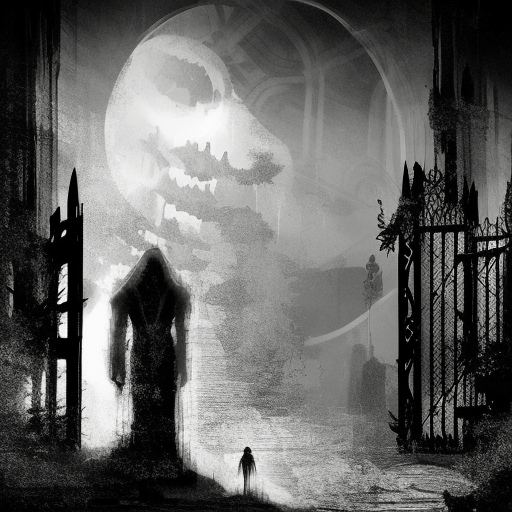One-line summary: Silence of the Grave is a gripping crime novel that intertwines a present-day murder investigation with a haunting historical mystery, revealing the dark secrets of a family and the consequences of buried secrets.
The Present-Day Investigation
In Silence of the Grave, Arnaldur Indriðason takes readers on a thrilling journey through the dark underbelly of Reykjavik, Iceland. The story begins with the discovery of a human skeleton buried beneath a construction site. Detective Erlendur and his team are called to investigate, and as they delve deeper into the case, they uncover a chilling tale of abuse, neglect, and murder.
As Erlendur and his colleagues work tirelessly to identify the victim and find the killer, they encounter a range of suspects and witnesses, each with their own secrets and motives. The investigation becomes increasingly complex as they navigate through a web of lies and deceit, leading them to question the very foundations of trust and justice.
The Haunting Historical Mystery
Parallel to the present-day investigation, Silence of the Grave introduces a haunting historical storyline set in the 1940s. Through a series of flashbacks, readers are transported to a time when Iceland was occupied by British and American forces during World War II.
In this historical narrative, we follow the lives of a young woman named Rósamunda and her family. Rósamunda’s story is one of tragedy and heartbreak, as she endures a tumultuous relationship with her abusive husband and struggles to protect her children from the horrors of war. As the past and present collide, Erlendur uncovers a connection between Rósamunda’s family and the unidentified skeleton, unraveling a long-buried secret that has haunted generations.
The Consequences of Buried Secrets
Silence of the Grave explores the devastating impact of buried secrets on individuals and families. Through the lens of multiple characters, the novel delves into the long-lasting effects of trauma, abuse, and the weight of guilt. Indriðason skillfully portrays the psychological toll that secrets can take on individuals, highlighting the profound consequences they can have on relationships and personal well-being.
As the truth slowly unravels, Erlendur and his team are forced to confront their own demons and grapple with the moral complexities of justice. The novel raises thought-provoking questions about the nature of forgiveness, redemption, and the lengths people will go to protect those they love.
- Key Takeaways:
- The past has a way of resurfacing, and buried secrets can have far-reaching consequences.
- Abuse and trauma can leave lasting scars on individuals and families, impacting their relationships and mental well-being.
- The pursuit of justice is not always straightforward, and the line between right and wrong can be blurred.
“The silence of the grave is not deafening, but it is the most deafening silence in the world.”
In Silence of the Grave, Arnaldur Indriðason masterfully weaves together a present-day murder investigation with a haunting historical mystery, exploring the dark depths of human nature and the consequences of buried secrets. With its gripping narrative, complex characters, and thought-provoking themes, this crime novel keeps readers on the edge of their seats until the final page.












